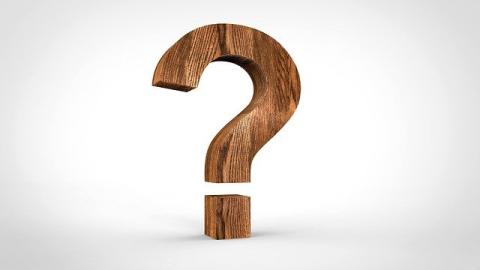To predict future climate change and its possible impacts we need:
- Measured climate data
- Knowledge of the complexity of climate systems
- Powerful computers.
Available climate data and knowledge of the climate system are combined in computer models. These solve complex mathematical equations. The models include many factors such as cloud formation, rainfall, ocean and atmospheric currents, concentrations of greenhouse gases and land cover types. All these and more are known to affect weather and climate.
Several different computer models have been developed. Although they generate different predictions, most indicate warming. Information about modelled projections of the UK's climate was given in the 'Climate Change in the UK' tutorial.
Using different scenarios of future climate it is then possible to predict possible impacts. To do this for a country or region it is necessary to use the appropriate climate model output. This is called 'downscaling'.

